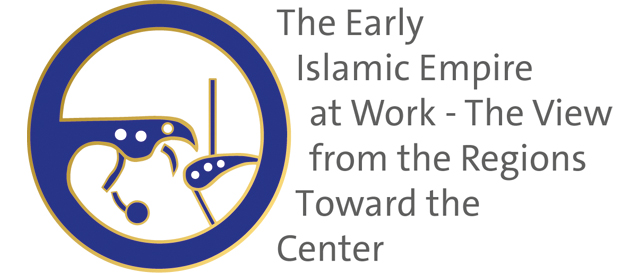Project Phase 1
Establishing Political Structures and Chronologies
The Islamic Empire, like all pre-modern empires, did not extend its power, its political and judicial structure to all regions in the same way, at the same time, as modern territorial states are meant to function. In Tabaristan (south of the Caspian Sea) and Sistan (south-western Iran) for example certain Sasanian structures continue uninterrupted until the time of Harun al-Rashid and probably beyond. Instead, the traditional historiography gives us the appearance of a politically almost coherent empire led by its center. The project draws on the rich historiography and biographical literature, and harvests it for information about the political structure in every key region. Most of the literature, however, was written in the second half of the 9th and 10th century, the post-Samarran period, when the political geography had dramatically changed, and so did its perception of the Umayyad and earlier Abbasid period.
The main tasks for each key province will be
- Harvesting the literary sources for information on the political and military structure and religious institutions.
- Reconstructing a roster of administrative data from coins minted in the regions and corroborating them with information from literary sources.
- Setting this information against a tableau of the specific political history of each key region within the context of the empire.
This phase will profit much from the numismatic sources that provide a continuous contemporary text of the government’s hierarchy and suggests a much finer division of power than we can understand of from the chronicles. This needs explanation. Coins are the only continuous and geographically widespread primary source for political information from more than 90 active mints/locations within the Islamic Empire. Until the period of al-Ma’mun’s coinage reform in 819-822 C.E. minting was basically organized at the provincial and district level, only supervised for its physical standards by the central government, but leaving the decision for the protocol text in the authority of governor or even sub-governor. Islamic coins have up to 150 words on them serving as political document (sikka), parallel in their political impact with the blessing of the ruler in the Friday-prayer (khutba). We have up to four or five names on coins mirroring the political hierarchy, providing more information on the political structure than any literary source. Under al-Ma’mun the minting system became centralized, and showing since his successor al-Muʿtasim (r. 833-842 C.E.) always the name of the caliph and later, in addition, the names of autonomous regional rulers, thus being a witness of the fading caliphal authority to keep the empire together. Again for most of the period there is more than one mint in each of the key regions reaching its apogee under al-Muqtadir (r. 908-932). Coins as the only contemporary primary sources provide a finely tuned roster or layout of a political structure of the empire without major gaps. The systematic study of coin protocols allows also the reconstruction of political careers of individuals and their mobility serving in various provinces; information which could not be yield by any other literary source.
At the end of this phase, we will have a systematic roster documenting political and institutional structures of the regions, changes of their political personnel within the context of their regional political history. The same systematic approach in every key region allows a comparison of their interacting and exchange with the caliphal center. Phase 1 serves as solid historical basis for the following phases to contextualize the different elites and the development of the economies.



